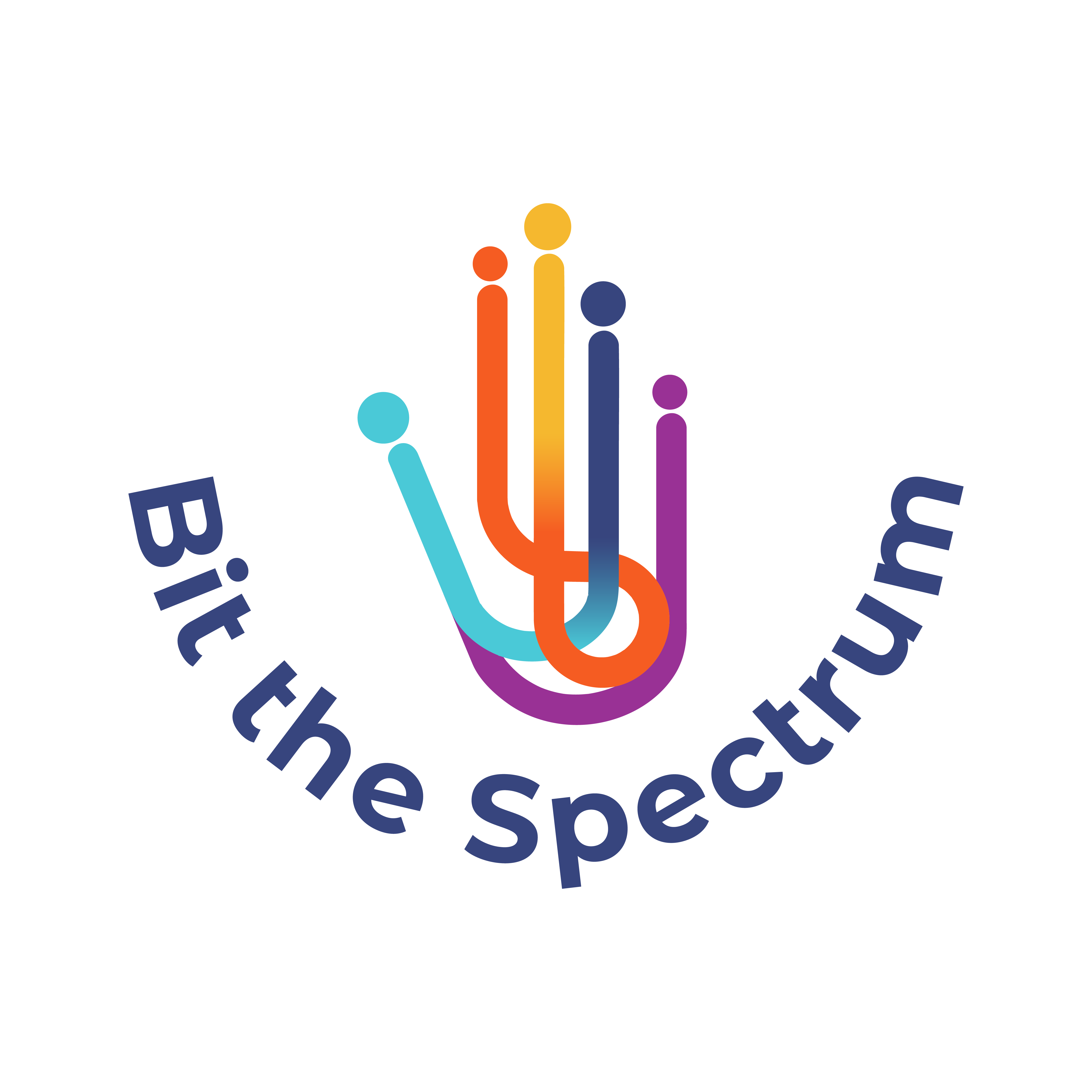The first Project Result of Bit the Spectrum will release an online training related to Augmented and Virtual Reality (AR and VR) features and it will be addressed to VET professionals dealing with Special needs (mainly Autism Spectrum Disorder (ASD)) and Information and Communication Technologies (ICT) professionals. The result is coming soon to an end, being right now successfully under development.
The first of the activities driven by the consortium has been a Report on the Skills needs in ICT sector, Vocational Educational Training (VET) and Special Education, in order to define a rigorous curriculum and deliver the appropriate online course than trains the professionals the best way to boost the use of AR and VR later with ASD students in VET.
During this task, the consortium has analyzed the skills needs in the different target learners, making special emphasis on the knowledge of special education and VET teachers about Virtual Reality and Augmented Reality and its potential use in the education of people with autism spectrum disorder.
For this task we have used different tools:
- Desk Research: This report has gathered various Academic Literature and Good Practices among European Projects and other kind of programs that show positive and effective uses of those technologies (AR and VR) in the support of people with Special Educational Needs (SEN).
The conclusions show that AR and VR in the context of education of ASD has been explored primarily in the field of improving social interaction, such as recognizing emotions from different facial expressions, speech or identifying socially undesirable characteristics. The pre-existing research shows that AR or VR headset devices do not impair learning for ASD but there’s no conclusive studies regarding effectiveness of impact. Some very specific hard/coded simulations e.g., for car driving or practicing crossing the street in safe environments have been developed, but there is basically no pre-existing AR/VR content for wider teaching. There was a VR learning environment developed for first responders but no significant training environments in connection with ASD teaching have been developed.
In summary, using VR/AR training environments for ASD education is still in baby shoes although the research shows that there could be significant potential applying the technology in this field as there is pre-existing evidence that VR/AR technology improves social interaction capabilities. Moreover, there is very little training material in VR/AR available to support VET teachers or others to learn how to work with ASD students in the most effective way. Teachers do not have yet the capacity to produce or co-create their own content in AR/VR, whereas it would bring great benefits to develop this capacity.
- Survey: The distribution of a surveys was another way of detecting the skills needs we were looking for, where professionals in the field of special education at all levels have been asked mainly about their knowledge and prospective use of Augmented and Virtual Reality in the education of ASD students.
Survey results reinforce the results of the desk research. Augmented and Virtual Reality scenarios are not practically in use of ASD teaching anywhere. Moreover, educators and other professionals working in the field need content, tools and training to help them in developing social interactions of ASD students in a safe environments, recognizing emotions, motivating students, visualizing concepts, and help in behaving during the occurrence of problem behavior. However, usually it is not understood well what opportunities AR/VR technologies offer to satisfy these needs as examples are missing. The possibilities seen in which AR/VR technology can be applied are very concrete: factual transfer of knowledge without social component, allowing to better process visual rather than verbal stimuli, learning everyday skills in a safe environment, role plays, recognition of feelings, reinforcement of behavior through revision, and even gradually exposure to unpleasant stimuli to realize tolerance skills, and safety skills. These could be involved in many different areas of ASD education. Teachers yearn for more content and training in order to use and remix content, and create their own. They need tools for this.
- Focus Group: Two focus groups have been held:
– One at national level in Spain that focused in discovering the needs of both ASD professionals and students. The main conclusions, very much aligned with the ones of the previous tasks were:
- VET teachers need learning but specifically practical training for the better assistance of ASD people, where most recurrent situations are shown
- ASD students could benefit a lot from interactive tools as they have attractive scenarios in terms of development (it is like a game).
- Regarding the VR/AR exercises.
We must be: CONCISE, DIRECT, VERY VISUAL.
We must avoid: AMBIGUITIES, DOUBLE MEANINGS, FREE INTERPRETATION.
- Something helpful for VET teachers is raising scenarios with situations that are going to occur allows to anticipate (fundamental with ASD)
- VR environments suggested: performance of usual Jobs.
- The second focus group was held in Finland, where ASD teachers and students were asked to brainstorm ideas for future exercises, codeveloping them and to speak out their needs.
Some of the needs that came out were:
- Speaking about emotions.
- How to regulate your own behaviour.
- Learning how to discuss and help forward discussion.
- Getting to now a new environment before entering it.
- And so many more…
Some of the ideas that came out were:
- How to act in traffic?
- What do I need to get started for a work task?
- Make a healthy snack.
- Sorting objects to right boxes (e.g., recycling)

